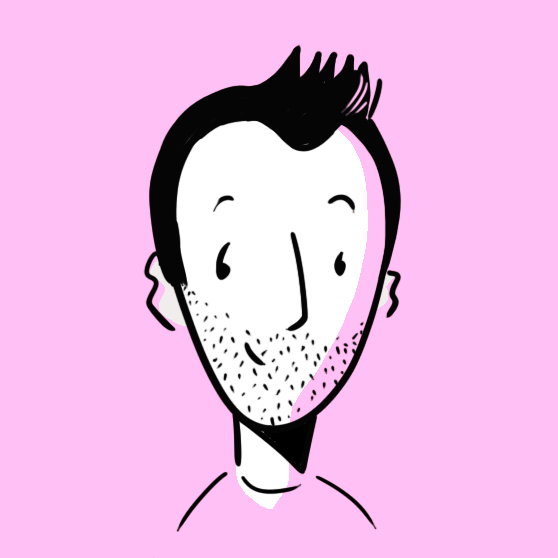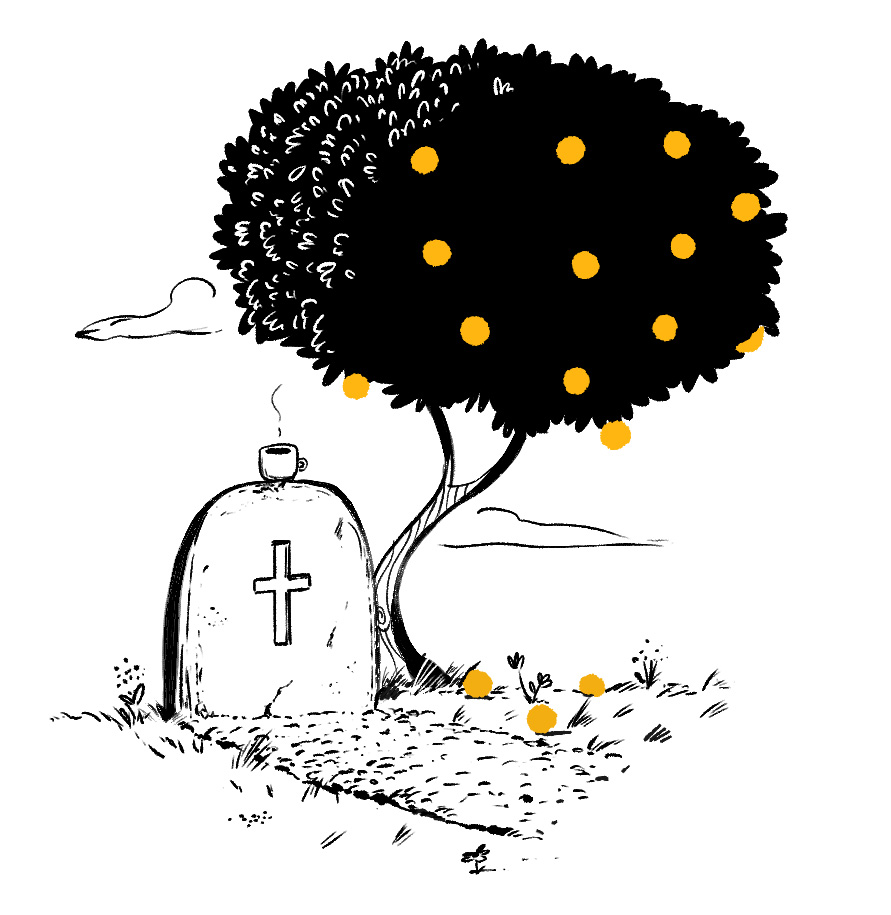About 6 months ago, I was in a flurry of ‘productivity’. I was busy making stuff for me. In that time I wrote and illustrated a 70-page graphic novel, a 12-page comic, and created about 50 drawings.
These projects weren’t for anything – they weren’t for an active client, or a prospective one – they were just for me. Play, in it’s truest form. A past me would’ve thought it all a big waste of time. There was nothing stitching these ideas together, they weren’t part of a bigger picture or plan.
About 1 month ago, I was travelling for work – I was there to attend a workshop about how to measure biodiversity improvement in landscapes. I landed at 9pm on the evening before the workshops and checked in to my very rough hotel. The place was cold and it smelled a little… funky. I had a shower, got into bed and realised there were no bedside lamps, only a single fluorescent light switch near the front door and I didn’t feel like sleep yet.
So, I picked up my notebook and began to scribble some words. Ever since I started this job, it’s always felt a little ironic to me; to have to burn jet fuel in order to attend a workshop about improving biodiversity. So, I started writing about it that evening, in that dodgy motel under the fluorescent light.
2-hours later, at around 12:30am, I realised that I had just penned the bones of a poem about something that, I realise now, I had been thinking about for a very long time; the separation humans have created between themselves and nature.
The next morning, I got to a local cafe at 6:30am and kept writing. By the time the workshops began at 9am I had pages of verse. I returned home 2 days later, exhausted from science, and took a fresh look at the bones of this poem. I refined it further until it felt ‘complete’.
It was a weird poem, and a weird idea. It never entered my mind that it could be a picture book text until my agent replied excitedly with, “I think we’ve got something here; what have you been thinking in terms of illustrations?”
Play that taps into the subconscious
This is where the story ends where it began. As it turns out, without consciously doing it, those 50 or so drawings from months ago, when paired with this text, had harmony. In fact, they were such a good fit that, together, the idea has taken on a life of it’s own and it’s much bigger than the sum of its parts.
There are some storytellers I admire for their way of exploring a persistent theme throughout their career in a variety of ways. Hirokazu Kore-eda comes to mind with his exploration of the different forms a family can take. And now I realise, more and more, that this is happening to me.
See, I’ve been circling the same ideas for a long time. I think it began with Queen Celine – a message about the importance of acceptance and diversity – and it’s since been extended to This Generous Earth, The Mountain and Flower, Evaporation, and now my new text, Hope. The human/nature relationship are at their core. Even my photography went there.
When we view someone’s work from the outside, it’s easy to invent the narrative of intention – they intended to explore this again, they came up with a scenario and, using design and logic, crafted a narrative that provoked further exploration. I could imagine someone thinking the same of my various projects but, in fact, it seems much more intuitive and accidental than that. It’s just that, well, the act of mark marking – whether they are drawings or words – provide a pathway for the subconscious to come to the surface. It seems it’s more about getting the jigsaw puzzle pieces out on the desk and then discovering that they fit together even though I couldn’t see a relationship between them when I viewed them in isolation.

